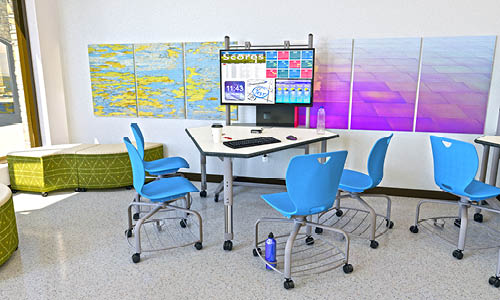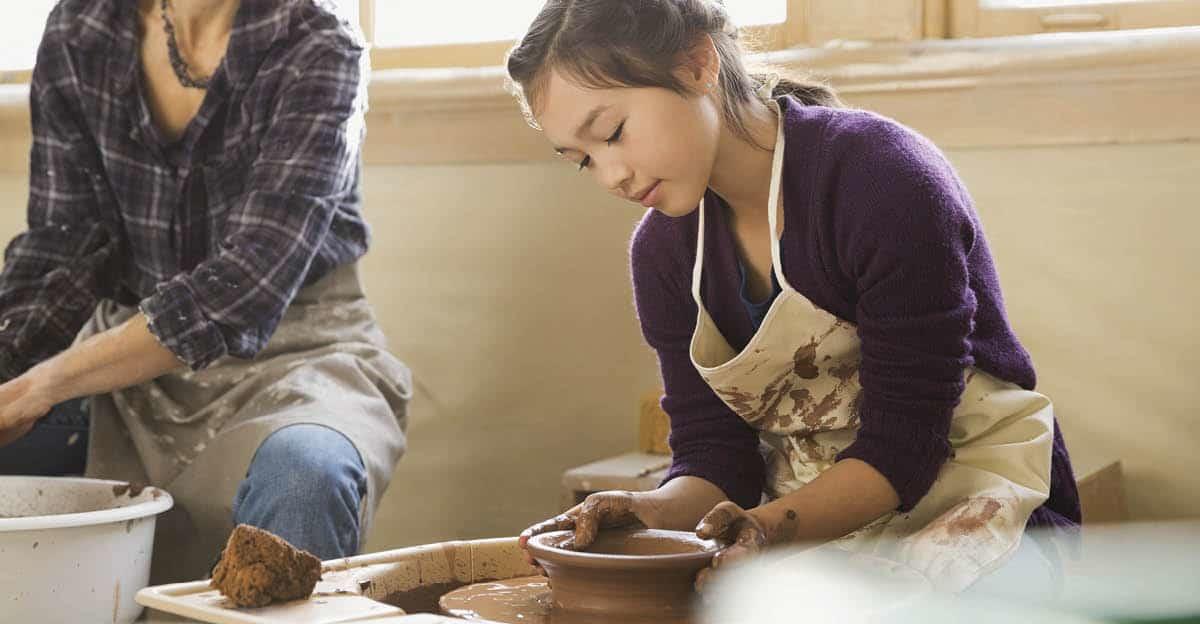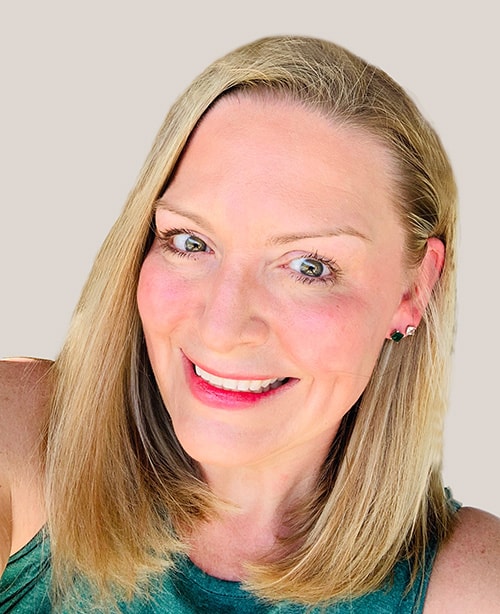Cultivating creativity by integrating a hands-on, constructivist approach to learning within classrooms or makerspaces is critical for students’ success. Here are the three basic elements teachers will need to get started.
Tools and materials
For students to become creators and innovators, they need raw materials to work with and tools to bring their vision to life. These items can be as simple as construction paper, scissors, and glue—or as complex as 3D printers, electronics kits, sound mixing boards, and other technologies.
The tools and materials you choose should depend on what you’d like students to learn, as well as what kind of resources you have at your disposal. Here are some of the types of materials you might consider.
- Equipment such as laptops, tablets, monitors, and 3D printers.
- Materials to create with, such as paint, paper, cardboard, plastics, fabrics, wood, and metals.
- Tools for cutting and joining together materials, such as scissors, wire cutters, wire, glue guns, soldering irons, and hand tools.
- Electronics kits for building simple circuits, machines, computers, and robotics.
- Digital media production tools such as cameras, green screens, video editing software, music keyboards, turntables, and composition software.
Some of these tools and materials can be costly. But adopting a constructivist approach to learning doesn’t have to be expensive. You can lead really powerful learning experiences without spending a lot of money by beginning simply, using items that are readily available to you—and then adding new materials as you’re able.
Developing Learning Activities
While unstructured tinkering and exploration works well within informal learning spaces, classroom teachers will want to develop projects that align with their specific learning goals.
This starts with thinking about what new knowledge you want students to learn, as well as what additional skills you’d like them to apply during the creative process—such as collaborative problem solving. Think about how you’ll measure success as well, and make sure you clearly communicate this to students through the creation of project rubrics.
As you’re developing projects for students to tackle, you might want to keep in mind the seven elements of PBLWorks’ Gold Standard for Project-Based Learning. These are…
- A challenging problem or question: The project is framed by a meaningful problem to be solved or a question to answer, at an age-appropriate level of challenge.
- Sustained inquiry: As they complete the project, students engage in a rigorous, extended process of posing questions, finding resources, and applying information.
- Authenticity: The project involves real-world context, tasks and tools, quality standards, or impact, or it speaks to personal concerns, interests, and issues in the students’ lives.
- Student voice and choice: Students are able to make some decisions about the project, including how they work and what they create.
- Reflection: Students and teachers reflect on the learning, the effectiveness of project activities, the quality of student work, obstacles that arise, and strategies for overcoming them.
- Critique and revision: Students give, receive, and apply feedback to improve their process and products.
- A public product: Students make their work public by explaining, displaying, and/or presenting it to audiences beyond the classroom.
Culture
Just as important to fostering creativity as the tools that students use and the activities they work on is the culture that teachers establish.

For students to be creative, they need an environment in which it’s safe to fail. They need to learn that failure is simply another step on the journey toward deeper understanding. Projects should be iterative in nature, with students having a chance to try different approaches, and if these don’t work, reflect on why and then try again.
“In my eighth grade Physical Computing course, students all begin with an idea of an invention that they want to build, but they have no idea how they will build it,” says Trevor Shaw, director of technology for the Dwight-Englewood School in New Jersey. “Each decision in the design process involves a leap of faith as they learn how to work with unfamiliar materials and tools using an untested, original design. Occasionally, despite careful planning, students realize halfway through a project that their original design isn’t going to work, and they need to go back to square one.”
Teachers can create an environment in which it’s safe to fail by building a culture of risk-taking. But they must be very intentional in doing so.

“We need to be mindful of the fact that risk-taking is an unnatural act in most classrooms,” Shaw writes. “Unless we take explicit steps to create a classroom culture that fosters risk-taking, it will not happen organically. This means talking openly about risk taking, encouraging it, and praising it publicly when we see it in our students. It also means providing some opportunities for students to pursue personalized learning goals without being penalized for departing from teacher-defined outcomes.”
Integrating a hands-on, constructivist approach to learning can be daunting at first. If you haven’t done so before, you’ll naturally have many questions as you begin. Our free guide, “Cultivating Student Creativity,” can help. It explains what elements are necessary to get started and how to set up classrooms or makerspaces to support student creativity successfully.
Deanna Marie Lock
Deanna Marie Lock is a reputable educational leader with a multifaceted background as an elementary school teacher, assistant principal and principal, Instructional Solutions consultant, Instruction and Intervention Subject Matter Expert, and today as the Director of Category Expertise and Support across all of School Specialty’s target curriculum solutions and widespread product categories. With 18 years spent specifically in the public education sphere, Deanna now uses this in-classroom expertise to add a personalized, intentional approach when professionally advising to an audience she herself had been a part of for nearly two decades. Deanna is passionate about building purposeful long-term internal and external customer connections, and helping students find their passion and highest potential, too!







Leave a Reply